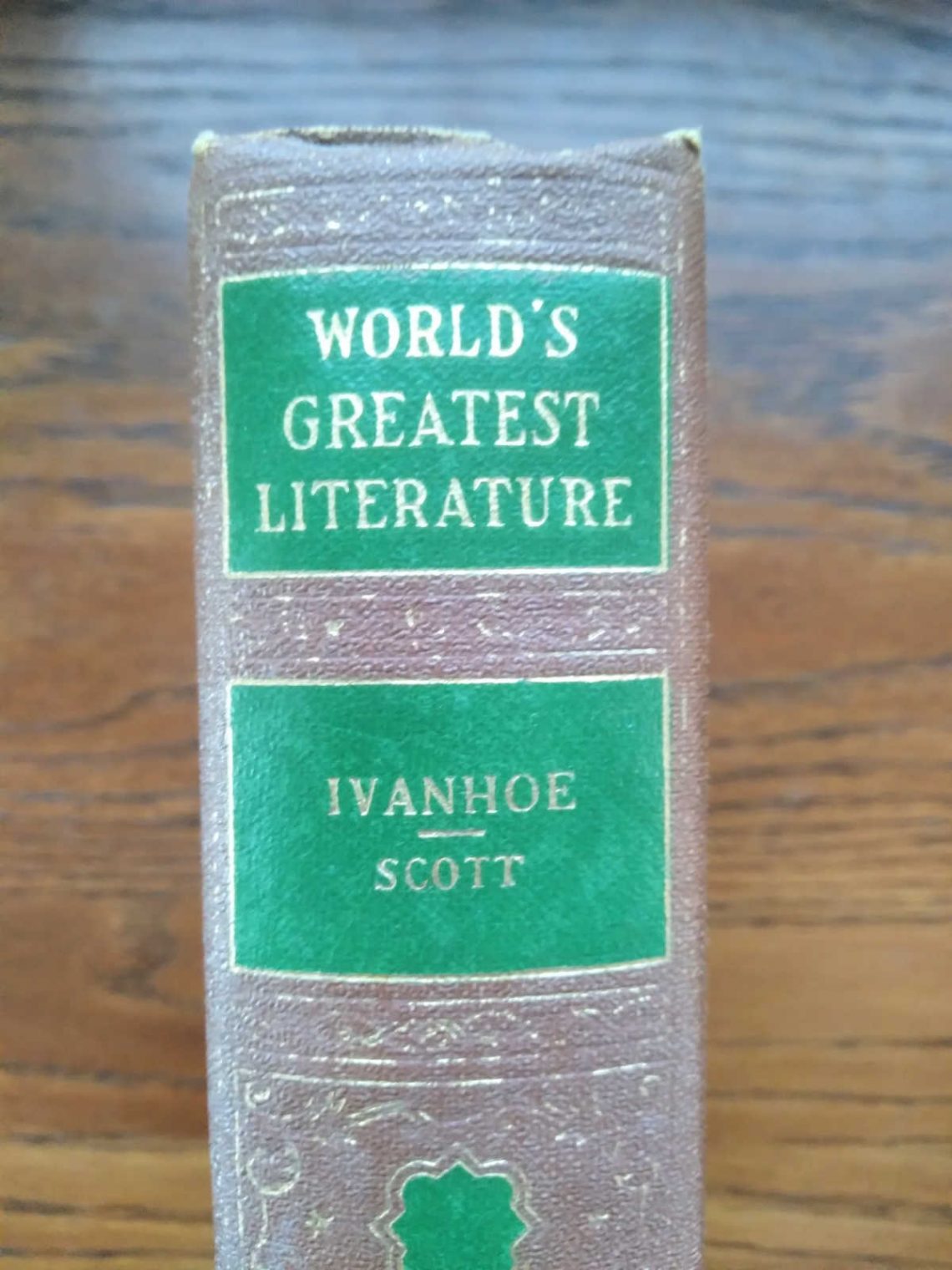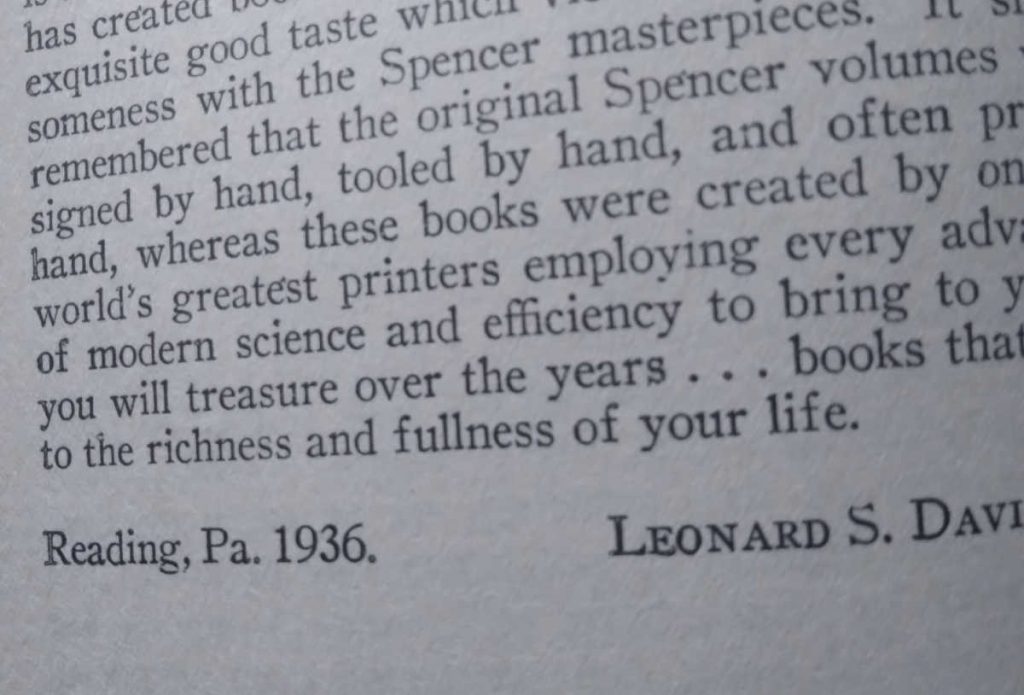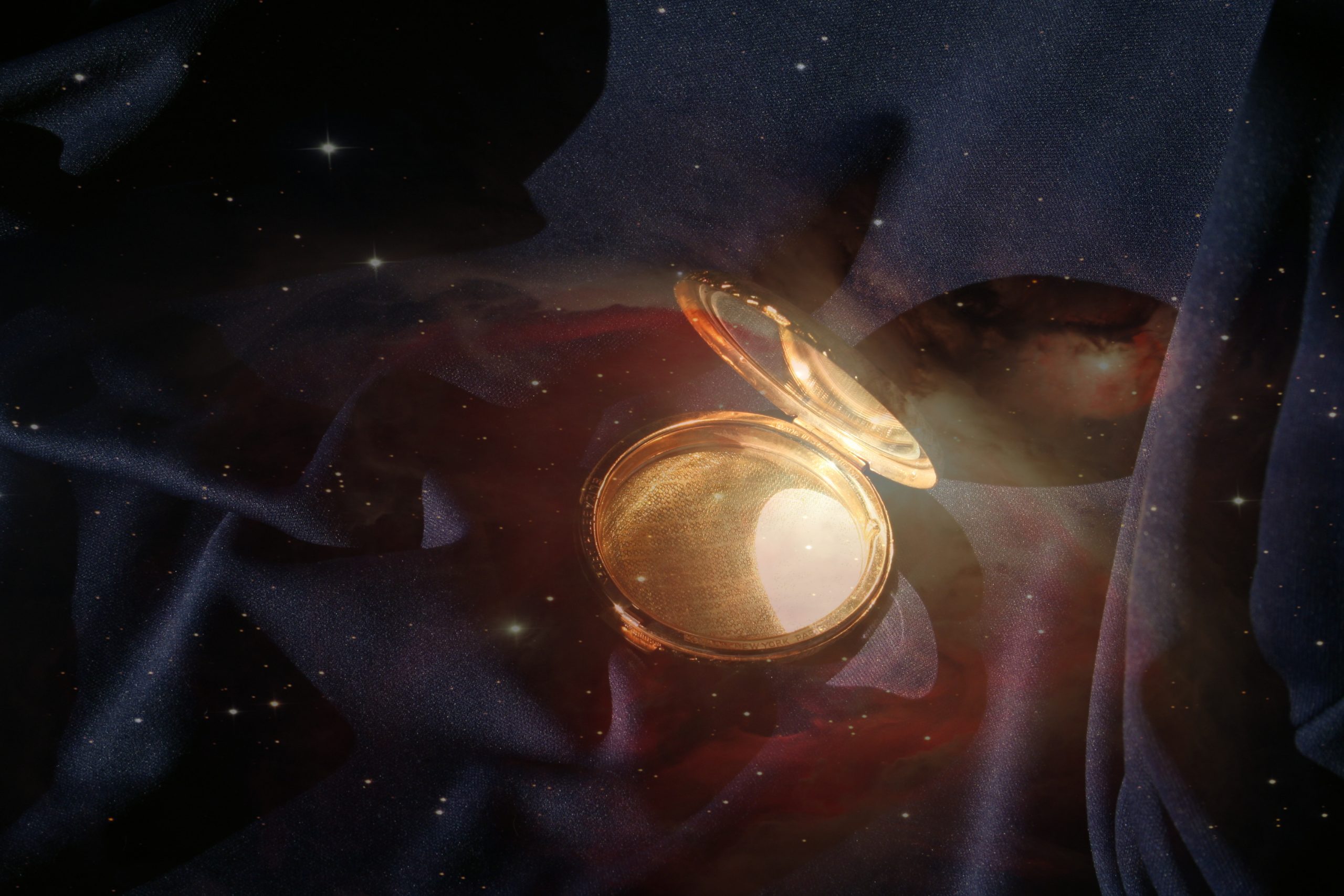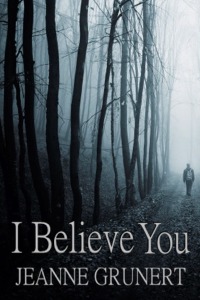
Ink, Dreams, and Ivanhoe: A Writer’s Love of Used Books
I am finally reading Ivanhoe by Sir Walter Scott. Given that we have not one but three copies of this work, you may be surprised to learn that it is not my favorite book. It’s not even a book I’ve been able to finish. I’ve gotten as far as the first chapter and set it aside. Sentences such as, “The human figures which completed this landscape were in number two…” make me twitch; I want to take out my red pen and scratch through it, writing, “Two men…” Scott’s style reminds me of my early writing and my college fiction writing professor who, with all good intentions, handed me a copy of Hemingway’s short stories and suggested I study his sentence structure and copy it to learn how to pare my writing down. To this day, I loathe Hemingway and his bare, staccato-style prose; everyone claims they like such prose, but it’s boring. And I don’t read to be bored. Nobody does. We read to be delighted, entertained, entrance, to be transported to far off lands and into the lives of others, and bare, staccato-like prose never helped me mind-travel anywhere except to wonder when the author would finally say what he meant.
This copy of Ivanhoe is mine. My husband has a newer copy from a beautiful series of leather- books. It’s something like the books everyone must read before they die or some such grouping of literature. I love looking at John’s books, but they aren’t for the likes of me. I’m a messy reader. I read while sipping wine, and spill scarlet drops on the pages. I read in the bathtub, slipping into sleep and dousing books with wet hands hastily grabbing a novel before it takes the plunge into soaked oblivion.
No, leather-bound books with expensive illustrations are for my careful spouse who barely even mars the spine as he handles them like the treasures they are. I am a rough and tumble reader, taking books with me everywhere, tucking them into my purse for long waits at the DMV or the dentist office, holding them open with one hand while stirring soup with the other.
My copy of Ivanhoe is old, the spine rumpled, the pages dusty and yellowed with age. There’s no copyright on the volume, but the front matter, written by Leonard S. Davidow, is marked “Reading, Pa. 1936.” The publisher, Spencer, apparently had the same idea as the company that produced my husband’s leather-bound books, for it mentions that this volume is one of a series of the 100 classics everyone should read. It suggests the Walton’s episode when John Boy gives up his hard-earned pennies to buy a similar series during the Great Depression.

This book has so many stories to tell. Who, like John Boy Walton, plunked down their hard-earned pennies to subscribe to the 100 best books of all time – at a time when the unemployment rate hovered around 17%?
The pages are unmarred by writing or notes, except for the front piece. There, in pencil, is a capital letter S followed by 2.50. S for Stan’s Book Bin, price $2.50.
Stan’s Book Bin was an Aladdin’s cave of used books in Oceanside, New York. It occupied a small, narrow store, set among more prosaic establishments like Hallmark card shops and restaurants.
I can’t remember who first told me about Stan’s, but I think it was someone I worked with at Yellow Book. I used to drive over from our office in Rockville Centre to the bookstore in Oceanside on my lunch hour and browse the shelves. I was an English major at Molloy College and loved the classics; I sought books of myth and fable, inspired by Joseph’s Campbell’s series on myths on PBS at the time and my quest to write science fiction and fantasy. Like all college students, money was tight, so I haunted the corners of used bookstores, looking for bargains.
The first time I entered the dark, dusty, cramped store, Stan poked his head up from a pile of books by the counter, startling me. He was like a tall, balding, bespectacled man with stub of a pencil tucked behind his ear. He blinked and peered at book in my hands.
I held the book out to him. “This one doesn’t have a price. How much?”

“Classics? You’re interested in classics? A college student interested in classics?” He looked at the hardcover in my hands. He grabbed the book, flipped it open, whipped the pencil out from behind his ear and marked a big S and 2.50 on the bare front page. “Here. Two-fifty. Classics are in that aisle, but there’s some in poetry, and more in the basement.”
I read in the New York Times archives a short article about the bookshop. It said that Stan began his shop in 1983 with 2,000 to 4,000 volumes, but by 1987, his shop housed an estimated 40,000 books. By the time I stumbled into the dusty treasure trove around 1990, it probably had double that amount. At least it seemed that way to me. Books filled every shelf, nook and cranny, lovely books, old books, big books with outlandish illustrations and jaggedly ripped overs. Maps, charts, paperbacks, hard covers, you name it. Every square inch of that shop was crammed with books all the way to the ceiling and in the aisles as well. And he had opened the basement, too, making it part of the shop, filling the stairwell with shelves of books. It was probably against all fire codes. I didn’t care. I could die happily between Milton and Voltaire.
Last night, as I opened Ivanhoe, the smell of that beloved bookshop wafted up to me, and I was instantly transported to Stan’s; a young college student full of hope and dreams, who could sit at the typewriter for hours writing stories no one would read. That younger me would write until midnight, happily and messily typing thousands of words of epic sword and sorcery fantasy. My days were filled with words: classes at Molloy, afternoons and early evenings writing advertising copy for a division of the yellow pages, evenings and late nights writing stories and magazine articles. The articles sold. The stories didn’t. I didn’t care. Spinning word pictures through my typewriter was all that mattered to the 20-something me.
Among all the copies of Ivanhoe in this house – the fancy red leather-bound volume on my husband’s bookshelf, the paperback copy one of us bought for some reason or other, and this one, purchased at Stan’s in my college years – it is the used volume from Stan’s, the 1936 edition with the fading spine and toast-colored pages, that I treasure.
As I open the cover again to plunge into Scott’s wordy, 18th century romance, the dusty smell of Stan’s book shop hovers like a mirage over the pages. The smell transports me back to the crowded aisles and hours spent meandering among the shelves seeking treasures, the long nights at the keyboard writing for an audience I could only imagine. The ghostly memory of who I was then emerges from the memories, and I borrow some of the creative vigor from that young, idealistic college student. I return, refreshed, to write again. Perhaps someone will read them, perhaps not. Perhaps my writing will end up in the futuristic, digital version of a Stan’s Book Bin. No matter. I write, spinning word pictures, thanking the Stans of this world for building Aladdin’s caves of used books where college students can pick up classics for two-fifty and the price of an hour between classes.


